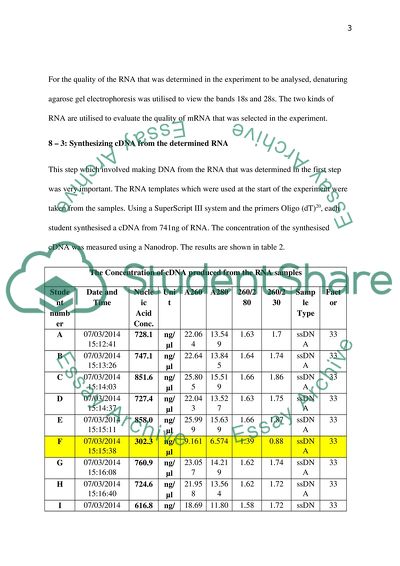Cite this document
(Cloning Brachyury from SW480 in pNEB193 Plasmid Lab Report Example | Topics and Well Written Essays - 2000 words - 1, n.d.)
Cloning Brachyury from SW480 in pNEB193 Plasmid Lab Report Example | Topics and Well Written Essays - 2000 words - 1. https://studentshare.org/biology/1814644-cloning-brachyury-from-sw480-in-pneb193-plasmid
Cloning Brachyury from SW480 in pNEB193 Plasmid Lab Report Example | Topics and Well Written Essays - 2000 words - 1. https://studentshare.org/biology/1814644-cloning-brachyury-from-sw480-in-pneb193-plasmid
(Cloning Brachyury from SW480 in pNEB193 Plasmid Lab Report Example | Topics and Well Written Essays - 2000 Words - 1)
Cloning Brachyury from SW480 in pNEB193 Plasmid Lab Report Example | Topics and Well Written Essays - 2000 Words - 1. https://studentshare.org/biology/1814644-cloning-brachyury-from-sw480-in-pneb193-plasmid.
Cloning Brachyury from SW480 in pNEB193 Plasmid Lab Report Example | Topics and Well Written Essays - 2000 Words - 1. https://studentshare.org/biology/1814644-cloning-brachyury-from-sw480-in-pneb193-plasmid.
“Cloning Brachyury from SW480 in pNEB193 Plasmid Lab Report Example | Topics and Well Written Essays - 2000 Words - 1”. https://studentshare.org/biology/1814644-cloning-brachyury-from-sw480-in-pneb193-plasmid.


